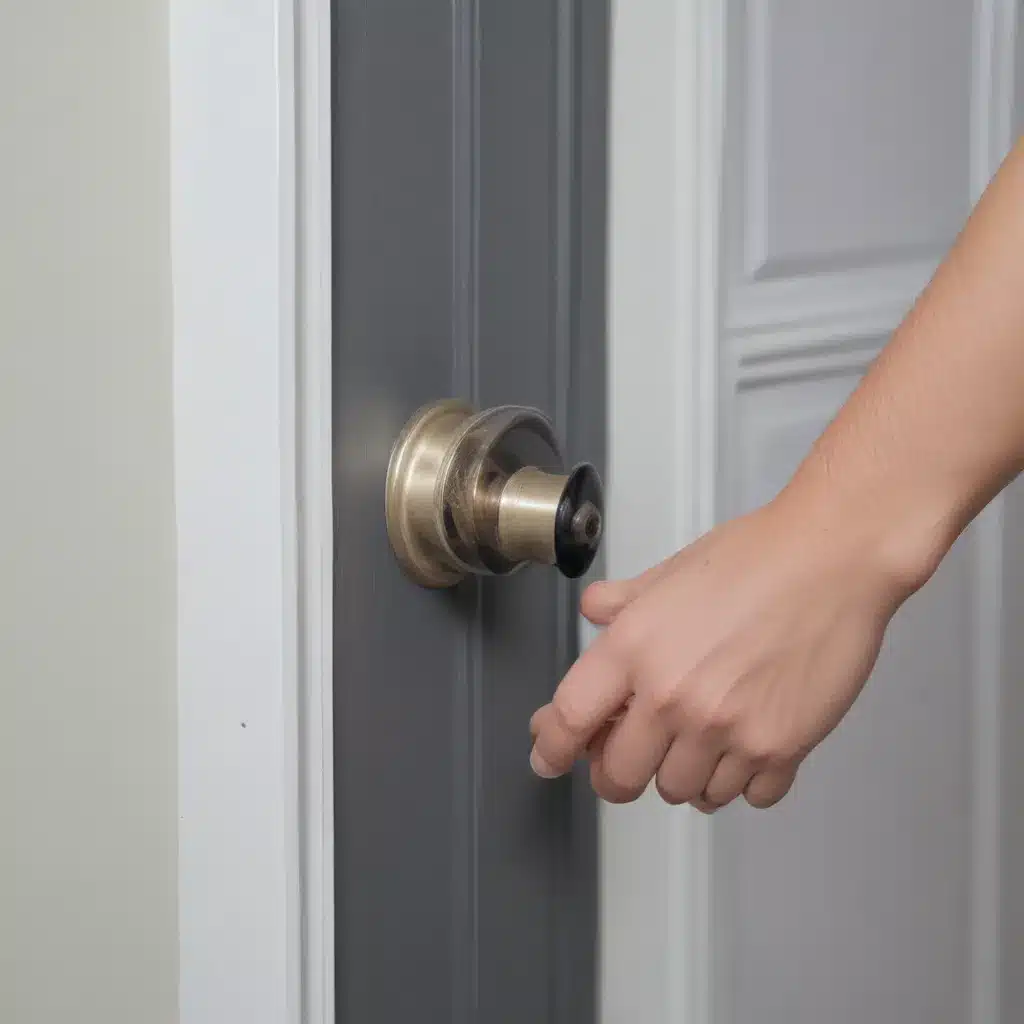
Letting in the Cold is a Major Bummer
Let me start off by saying that I know the struggle of dealing with unwanted drafts all too well. Growing up, my family’s home in Aberdeen had some serious issues with air leaks, and every winter we’d be bundling up in scarves and sweaters just to stay comfortable indoors. Stepping out of my room into the hallway was like stepping into an Arctic tundra – brr! I can still remember the icy blasts whipping through the gaps around our old wooden windows and the front door. It was enough to make you want to hibernate until spring.
But you know what they say – where there’s a will, there’s a way. And over the years, I’ve learned a ton of handy tricks for sealing up those pesky drafts and keeping the warm air in. As the owner of ABC Home, an Aberdeen-based building and renovation company, I’ve helped countless clients solve their draught problems and turn their homes into cozy, energy-efficient sanctuaries.
Identifying the Culprits
The first step to stopping those unwanted drafts is figuring out where they’re coming from. As the Energy Saving Trust explains, draughts can sneak in through all sorts of nooks and crannies – gaps around windows and doors, cracks in the floorboards, even old chimney flues. Basically, any crack or crevice that connects the inside of your home to the great outdoors is a potential entry point for those icy gusts.
So, how do you track them down? Start by doing a thorough inspection, paying close attention to areas like:
- Windows (especially older, single-glazed ones)
- Doors (both exterior and interior)
- Floors and skirting boards
- Chimneys and fireplaces
- Electrical outlets and light fittings
This handy video from the experts at The Building Science Channel offers some great tips for finding and feeling out those troublesome drafts. You can also do the classic “hand test” by slowly moving your hand around potential problem areas and seeing where you feel the cold air flowing in.
Sealing it Up
Alright, now that you’ve located the culprits, it’s time to get to work on plugging those leaks. Luckily, there are all sorts of affordable, DIY-friendly solutions out there. Let’s break down some of the most common draught-proofing tactics:
Windows
For windows that open, the Energy Saving Trust recommends using draught-proofing strips – these adhesive strips create a seal between the window frame and the window itself. Just make sure to measure carefully and get the right size so the window can still close properly. If your windows don’t open, a simple silicone sealant can work wonders.
Doors
Doors, both exterior and interior, are another major source of drafts. For the front and back doors, look for weatherstripping solutions that seal up the gaps around the edges. For interior doors leading to unheated rooms, DIY draught excluders stuffed with things like old plastic bags or fabric scraps can be a cheap and effective fix.
Floors and Skirting
Gaps and cracks in your flooring can let in all sorts of unwanted cold air. The solution? Flexible, silicone-based fillers that can handle the natural movement and expansion of materials like floorboards and skirting. The Energy Saving Trust has some great product recommendations for getting those floors and baseboards sealed up tight.
Chimneys
If you’ve got an unused fireplace, that open chimney flue is probably responsible for a lot of heat loss. To block those drafts, you can either install a chimney balloon that inflates to fill the space, or get a professional to fit a permanent chimney cap or seal. This video from This Old House walks through both DIY and pro chimney draught-proofing options.
Of course, if you’re not a hands-on type, you can always call in the professionals to handle the whole draught-proofing process for you. But with a little elbow grease and the right materials, most homeowners can tackle these simple fixes themselves and start enjoying a warmer, more energy-efficient home in no time.
The Benefits of Sealing Drafts
Stopping those pesky drafts isn’t just about comfort – it can also lead to some serious savings on your energy bills. According to the Energy Saving Trust, draught-proofing around windows and doors alone could save you around £40 a year in Great Britain (or £50 in Northern Ireland). And if you’ve got an open chimney, sealing that up when it’s not in use could net you an extra £55 in savings per year (£70 in NI).
But the benefits go beyond just money. Draught-free homes also tend to be more comfortable at lower temperatures, meaning you may be able to turn down your thermostat and save even more. And by reducing uncontrolled air flow, you’ll also help prevent issues like condensation and damp that can arise from poor ventilation.
So, what are you waiting for? Block those drafts, keep the warm air in, and start enjoying a cozier, more energy-efficient home – all while padding your wallet in the process. Sounds like a win-win to me!
















